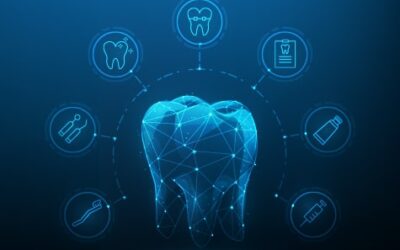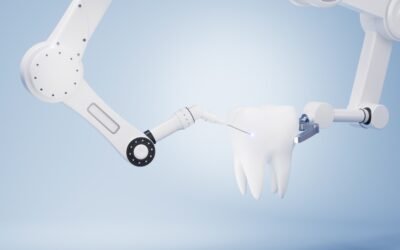Artificial Intelligence (AI) is revolutionizing caries detection by enhancing accuracy, efficiency, and early diagnosis. Traditional methods, such as visual-tactile examinations and radiography, often struggle with low sensitivity and reproducibility. AI, particularly convolutional neural networks (CNNs) and machine learning (ML) models, has proven to outperform conventional techniques in analyzing dental images.
How AI Improves Caries Detection
• Enhanced Accuracy: AI algorithms analyze bitewing, periapical, and panoramic radiographs with higher precision than human diagnosis, reducing false positives and missed lesions.
• Early Detection: Deep learning models identify early-stage caries that may not be visible to the naked eye, enabling preventive treatments.
• Automated Image Processing: AI segments and classifies carious lesions faster, aiding clinicians in diagnosis and treatment planning.
• Improved Consistency: AI eliminates subjective variability, ensuring standardized and reproducible diagnostic results across different patients.
Clinical Impact
Studies have shown that AI models, when integrated with dental imaging, increase detection rates, reduce diagnostic errors, and support dentists in making informed treatment decisions. As AI continues to evolve, its role in minimally invasive and preventive dentistry will become even more significant.
Reference : Al-Khalifa, K. S., Ahmed, W. M., Azhari, A. A., Qaw, M., Alsheikh, R., Alqudaihi, F., & Alfaraj, A. (2024). The Use of Artificial Intelligence in Caries Detection: A Review. Bioengineering, 11(9), 936.






